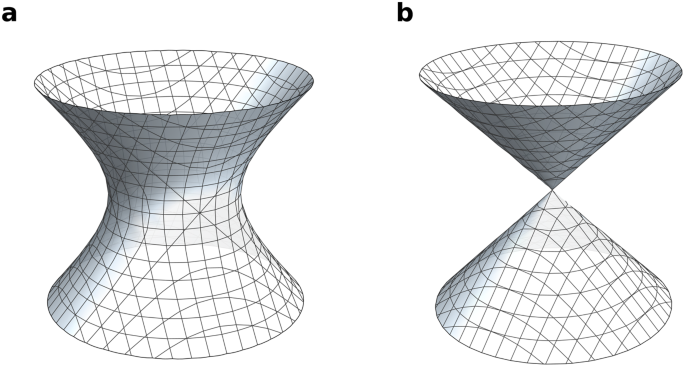2023-10-04 インペリアル・カレッジ・ロンドン(ICL)
◆彼らはFano varietiesと呼ばれる形状を分析し、量子周期を使用して次元を予測する機械学習モデルを開発しました。このアプローチは新しい数学的洞察を提供し、機械学習モデルの改善にも役立つことが期待されています。
<関連情報>
- https://www.imperial.ac.uk/news/248176/machine-learning-used-probe-building-blocks/
- https://www.nature.com/articles/s41467-023-41157-1
ファノ多様体の次元を機械学習する Machine learning the dimension of a Fano variety
Tom Coates,Alexander M. Kasprzyk & Sara Veneziale
Nature Communications Published:08 September 2023
DOI:https://doi.org/10.1038/s41467-023-41157-1

Abstract
Fano varieties are basic building blocks in geometry – they are ‘atomic pieces’ of mathematical shapes. Recent progress in the classification of Fano varieties involves analysing an invariant called the quantum period. This is a sequence of integers which gives a numerical fingerprint for a Fano variety. It is conjectured that a Fano variety is uniquely determined by its quantum period. If this is true, one should be able to recover geometric properties of a Fano variety directly from its quantum period. We apply machine learning to the question: does the quantum period of X know the dimension of X? Note that there is as yet no theoretical understanding of this. We show that a simple feed-forward neural network can determine the dimension of X with 98% accuracy. Building on this, we establish rigorous asymptotics for the quantum periods of a class of Fano varieties. These asymptotics determine the dimension of X from its quantum period. Our results demonstrate that machine learning can pick out structure from complex mathematical data in situations where we lack theoretical understanding. They also give positive evidence for the conjecture that the quantum period of a Fano variety determines that variety.


